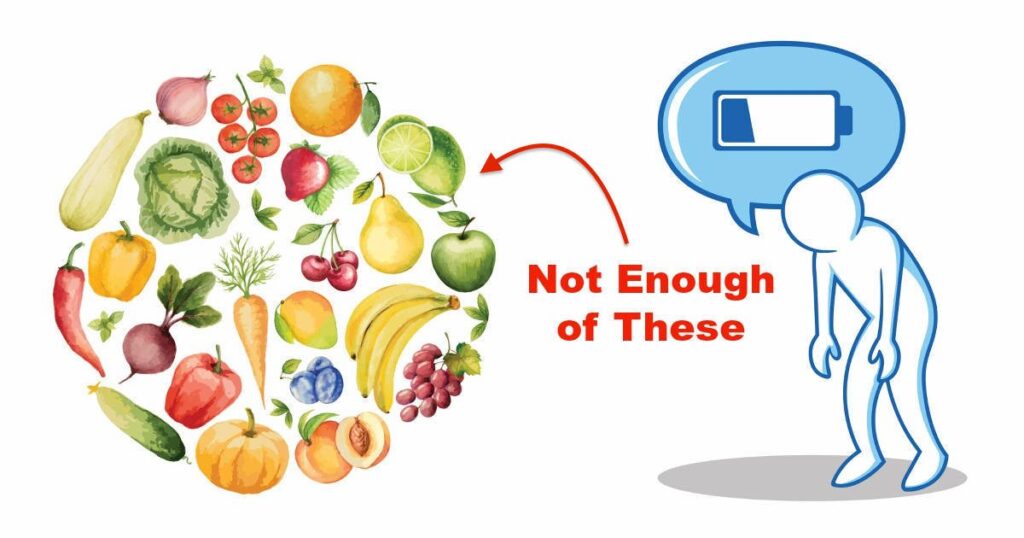
In the recent past I have been noticing that people don’t realize that they could have a vitamin deficiency. Now if you are eating a balanced diet as per the standards i.e 3-5 servings a fruits, 7 servings of vegetables, 1gm per kg body weight of proteins and 33 percent carbs and 4gms of essential fatty acids. If you are not following this be sure that you do have vitamin and mineral deficiency. Unfortunately most of us fail to understand the importance of vitamin and minerals in our diets and push our bodies to perform to the maximum limit without providing what is required. Deficiencies lead to diseases and then we search for cures instead we could start today and prevent the disease.
Dr. Susan Blum, founder of the Blum Center for Health, said:
“You may not get a disease but you can end up with impaired functioning, because vitamins are co-factors for all the bio-chemical reactions in the body. We need them in order to function properly.”
Common symptoms that will help you analyse if you have a deficiency
1.Hair fall, red spotting and scaly rashes on face, hands and other parts of the body
This can be a sign of biotin (vitamin B7) deficiency. Your body needs biotin for metabolizing fats, carbohydrates, and amino acids, but it’s most well-known for its role in strengthening your hair and nails. Egg yolks from organic eggs are one of the best sources of biotin.
However, beware of consuming raw egg whites without the yolks as raw egg whites contain avidin, which can bind to biotin and potentially lead to a deficiency.The other sources are of biotin are salmon, avocados, mushrooms, cauliflower, nuts, raspberries, and bananas.
2.Tingling, Prickling, and Numbness in Your Hands and Feet
This can also be a sign of B-vitamin deficiency especially folate, B6, and B12). The symptom is related to the deficiency’s effect on the peripheral nerves and may be combined with anxiety, depression, anemia, fatigue, and hormone imbalances.
Some good sources of B vitamins include spinach, asparagus, beets, organic free-range eggs and poultry.
3.Muscle Cramps (in Your Toes, Calves, Backs of Legs, and Arches of Feet)
Muscle cramps may be a sign of deficiencies in magnesium, calcium, and potassium, especially if it happens frequently. Fix this by eating more almonds, hazelnuts, squash, dark leafy greens (kale, spinach, and dandelion), broccoli and apples.
4.Red or White Acne-Like Bumps (on Your Cheeks, Arms, Thighs, and Buttocks)
This can be a sign of deficiency in essential fatty acids like omega-3s, as well as vitamin A or vitamin D deficiency. Increase your intake of omega-3 fats by eating more sardines and salmon or taking omega 3 supplement
You can find vitamin A in foods like leafy green vegetables, carrots, sweet potatoes, and red bell peppers, while vitamin D is best obtained through sun exposure.
5.Cracks at the Corners of Your Mouth
This can be a sign of iron, zinc, and B-vitamin (niacin, riboflavin, and B12) deficiency, or that you’re not getting enough protein. Good dietary sources of these nutrients include organic poultry and eggs, salmon, oysters.
Because iron absorption is enhanced by vitamin C, be sure your diet also includes plenty of vitamin C-rich veggies like broccoli, red bell peppers, kale, and cauliflower.
These are some of the symptoms we least relate to deficiencies and end up doing a lot of things other than supplementing ourselves well. Next time you see any of these symptoms in yourself, your friends, neighbors and all the people you care for share this information with them. Spreading knowledge can change lives.
